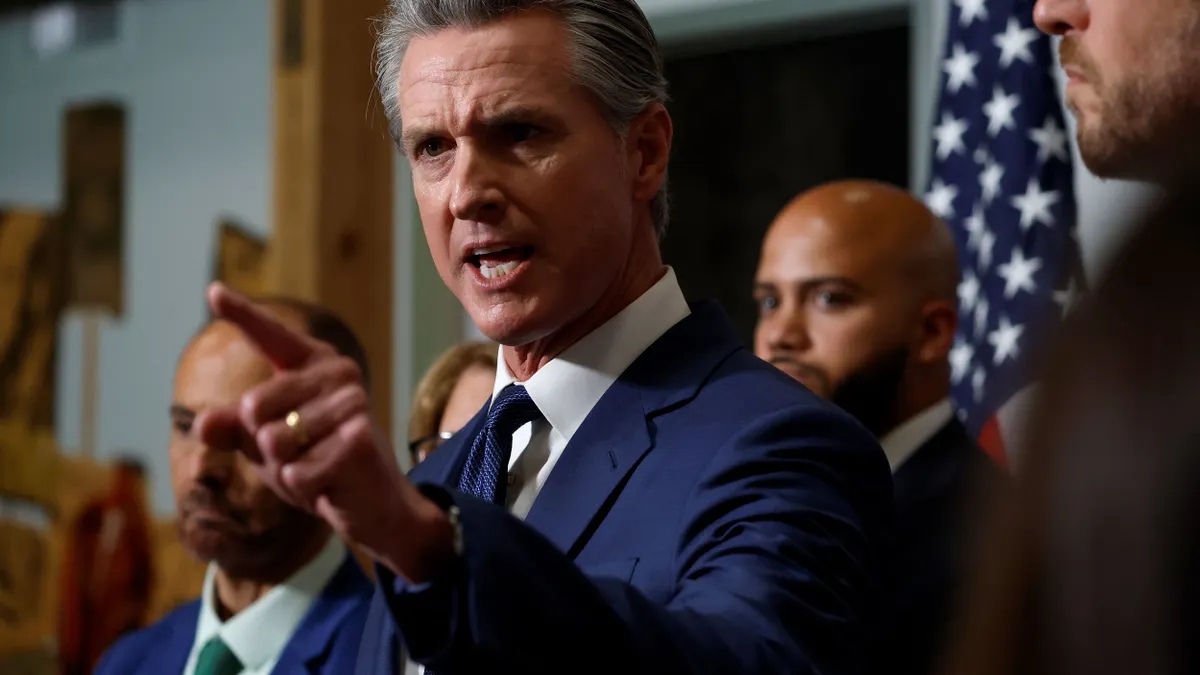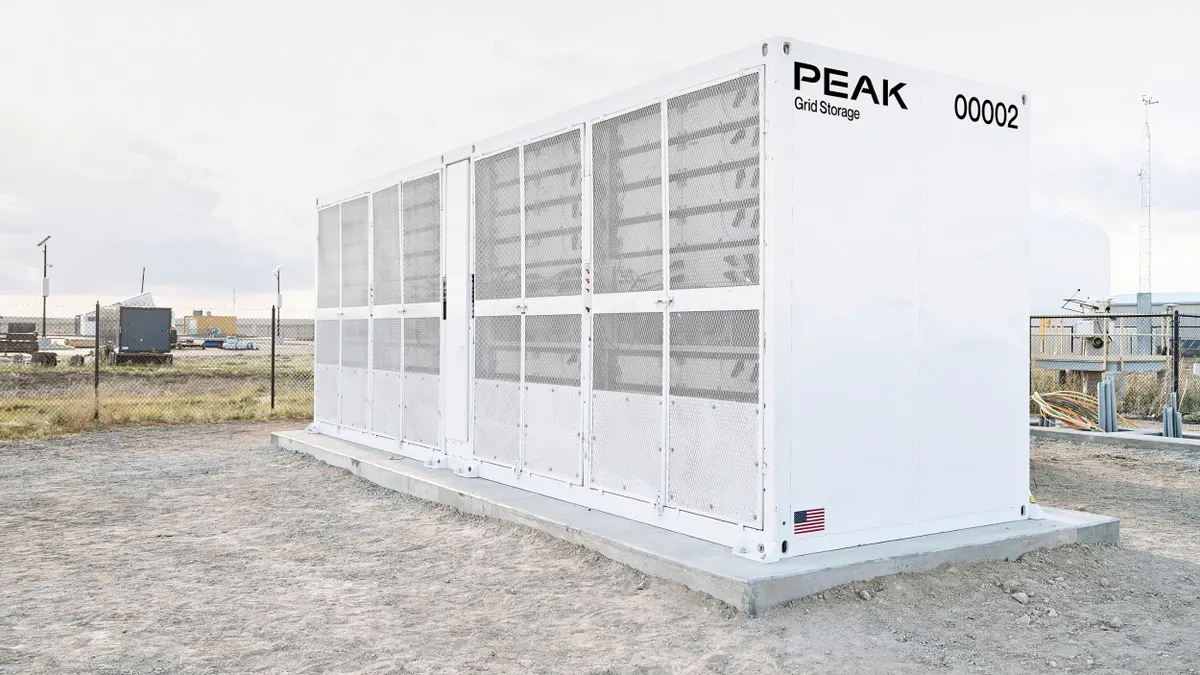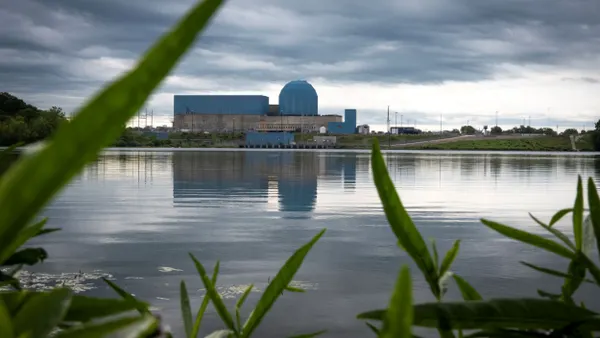Dive Brief:
- California Gov. Gavin Newsom on Wednesday vetoed a bill that would have required the state energy commission to evaluate new and existing load management mechanisms and authorize it to include those findings in its biennial integrated energy policy report.
- AB 44 directed the commission to adopt a set of “upfront technical requirements and load modification protocols” to provide the “option” for a load-serving entity to reduce or modify its electrical demand forecast.
- “While I support expanding electric load flexibility, this bill does not align with the California Public Utility Commission’s Resource Adequacy framework,” Newsom said in a brief statement explaining his reasoning. “As a result, the requirements of this bill would not improve electric grid reliability planning and could create uncertainty around energy resource planning and procurement processes.”
Dive Insight:
Newsom recently signed a sweeping package of energy legislation that laid the groundwork for a regional Western electricity market and extended the state’s cap and trade program, among other things.
But it did not include funding to continue the state’s grid reliability programs, including what clean energy advocates have called the world’s largest virtual power plant. The passage of AB 44 was seen as a bright spot by those advocates, who decried Newsom’s decision.
“With Assembly Bill 44 being vetoed, the state has missed a huge opportunity to advance common-sense policy that would have lowered costs, strengthened the grid, and unlocked the full potential of advanced energy,” Edson Perez, California lead at Advanced Energy United, said in a statement.
“The pressure is on next session to ensure that California is using all tools in its policy toolbox to build critically needed infrastructure, strengthen the grid, and bring costs down,” he added.
Demand response and virtual power plants have grown in California with the rise of distributed energy resources and advanced tools for managing them.
A report by the Brattle Group concluded the state’s taxpayer-funded virtual power plant could save ratepayers $206 million between 2025 and 2028 and reduce the need for gas peaker plants. The report was commissioned by Sunrun and Tesla Energy, both of which participate in the program.














